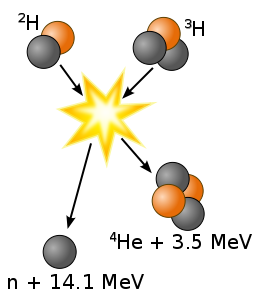For a long time researchers have been interested in hydrogen because it is the most common element in the universe and because it fuels the nuclear fusion reactions that power stars. Nuclear fusion involves reacting light atomic such as hydrogen, or its isotopes deuterium or tritium together to form heavier elements. The problem is that in order to get the nuclei to react you have to get them very close together and because they repel one another this is very difficult. To get a decent rate of reaction you need to either have a very high temperature and or a very high density which is difficult because hydrogen is a gas.
 For this reason scientists have been interested in finding other forms of hydrogen which are much more dense, one that has been known about for a long time is metallic hydrogen which exists in the centre of planets such a Jupiter and has a density close to that of water.
For this reason scientists have been interested in finding other forms of hydrogen which are much more dense, one that has been known about for a long time is metallic hydrogen which exists in the centre of planets such a Jupiter and has a density close to that of water.
However researchers in Gothenburg, Sweden have been splitting deuterium molecules up using a catalyst and an electrical field, and studying what is produced by firing a laser into the products which will rip electrons off a pair of atoms. This means that you have two positively charged nuclei very close to each other, which immediately fly apart in what's called a coulomb explosion.
The researchers were measuring the energy of the particles being thrown off and discovered some which appear to have over 60 times as much energy as those from metallic hydrogen. This would relate to a bond length of about 2.3pm or a material with a density of 130,000 times that of water.
This is very interesting because if the nuclei start off this close together they would need far less energy to fuse than conventionally, although of course the lifetimes are measured in nanoseconds and the scientists have only made truly microscopic amounts of this material so far.
References
- Previous Droplet Display technology
- Next Glycerol diet for long life?










Comments
Add a comment